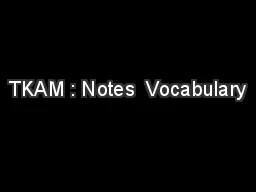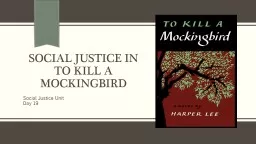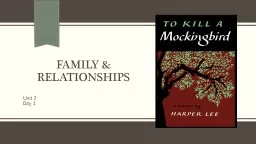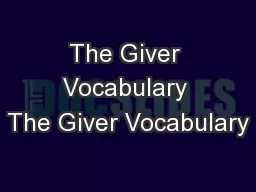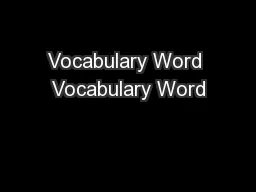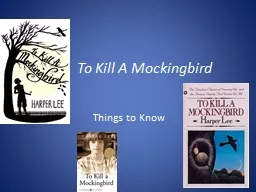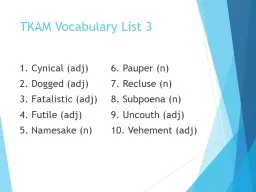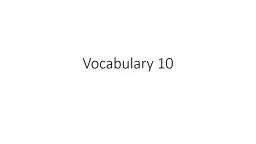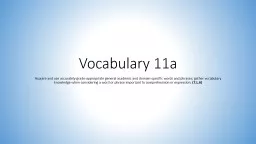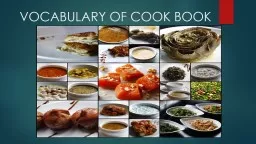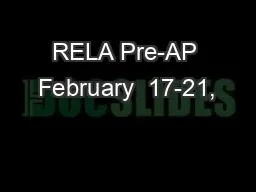PPT-TKAM : Notes Vocabulary
Author : tatyana-admore | Published Date : 2019-11-08
TKAM Notes Vocabulary Eccentric adj deviating from the recognized or customary character practice etc Malevolent adj Having or exhibiting ill will wishing harm
Presentation Embed Code
Download Presentation
Download Presentation The PPT/PDF document "TKAM : Notes Vocabulary" is the property of its rightful owner. Permission is granted to download and print the materials on this website for personal, non-commercial use only, and to display it on your personal computer provided you do not modify the materials and that you retain all copyright notices contained in the materials. By downloading content from our website, you accept the terms of this agreement.
TKAM : Notes Vocabulary: Transcript
Download Rules Of Document
"TKAM : Notes Vocabulary"The content belongs to its owner. You may download and print it for personal use, without modification, and keep all copyright notices. By downloading, you agree to these terms.
Related Documents

